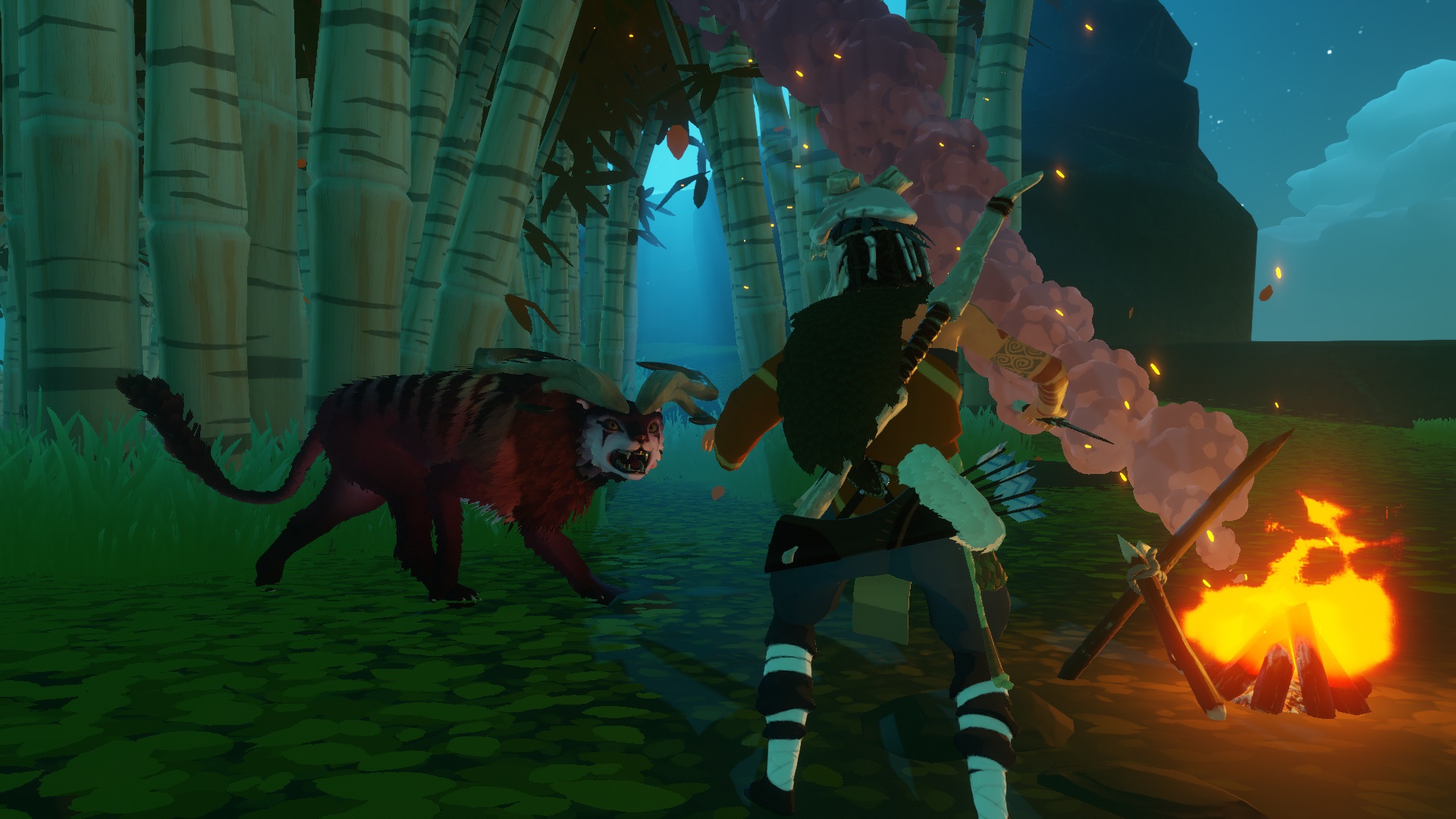

Something simple to do, but not applied here. The sense of progression is totally destroyed because of these questionable decisions, since there’s a “story mode” designed for “players that want to enjoy the story only” and face a less challenging gameplay which actually doesn’t feel so true, despite it letting you to focus on survival elements.Īnother bad news is you’ll catch yourself sailing a lot and being tired of seeing “too much water” – which initially was really cool -, because there’s no command to use the roar automatically. Some roguelite elements will be kept, the boat will disappear, the shells that you’ve found are going to be restored, and the game starts over again and possibly send you to the middle of the sea to die sinking – yes, there are a lot of bugs here. Except for the fact that new fauna and flora is presented, besides a new sort of islands and items to gather that are going to be helpful to discover new recipes in your crafting menu, I got bored by the gameplay looping.Īnd you should not think this is going to be easy, because whatever difficult option you choose, there’s not much difference at all, except you’re only going to stop losing your bag and items stored on it.

And I wasn’t expecting it either, for real. I bet you wouldn’t realize the second and the following chapters have the same loop of gameplay, where you need to find these shells again. But it gets annoying quicker than you’ve expected. I must admit it’s a quite happy moment when you craft your first boat using grass cut on the first procedurally generated island, and at the first moments of sailing you’re going to be really eager to discover the world and to find out more about the gameplay, possibilities and all the stuff. But don’t go looting everything you see, because your bag is limited, and only afterwards you’ll be able to expand it through a more advanced one.
#Windbound crafting skin#
You need to gather all kinds of material found in nature, supplies in order to maintain your hunger level quite low, to kill animals to get their meat – it’s better to cook it before eating -, skin to turn into leather and everything else. The game and the world design encourage the player to explore a lot of the islands over the map, and this is really cool… at the beginning. After it, the character needs to attach these shells to three altars found in a bigger stoned island, and finally watch a cutscene, be sent to a dark spiritual looking world, then set sail again through a water corridor with a lot of waves – and possibly containing enemies -, get a blessing using sea shards and get into a portal to proceed to the next chapter. At the very start, your main yet not directly told mission is to discover out all the Nautilus keys, some sort of sea shell attached to an altar in some high places above the stones mount, which is enlightened and emits light rays in the sky that was supposed to be seen from far distances, but it’s not always possible and I really don’t know if it’s Switch’s fault because of the low hardware power and poor draw distance capabilities or the game’s proposal. In Windbound you’re Kara, a woman who appears on an island after a shipwreck and needs to survive while finding out a way to get back to her tribe. And don’t worry, it’s more than natural to get that stamina empty in a few seconds on your first try – since you’re not used to the mechanics -, and get died very early because you haven’t noticed that hungry icon next to it as well, which is consumed when you forget to eat anything and your life ends by starvation.

This BOTW-ish game called Windbound comprises a survival title with almost optional roguelike, bringing some aspects that really can be compared to Breath of the Wild, like the stamina bar or the crafting ability – or even more in look and feel.


 0 kommentar(er)
0 kommentar(er)
